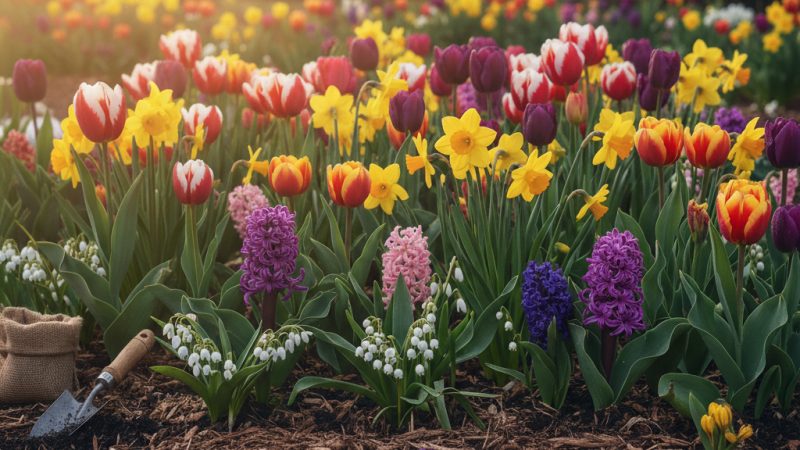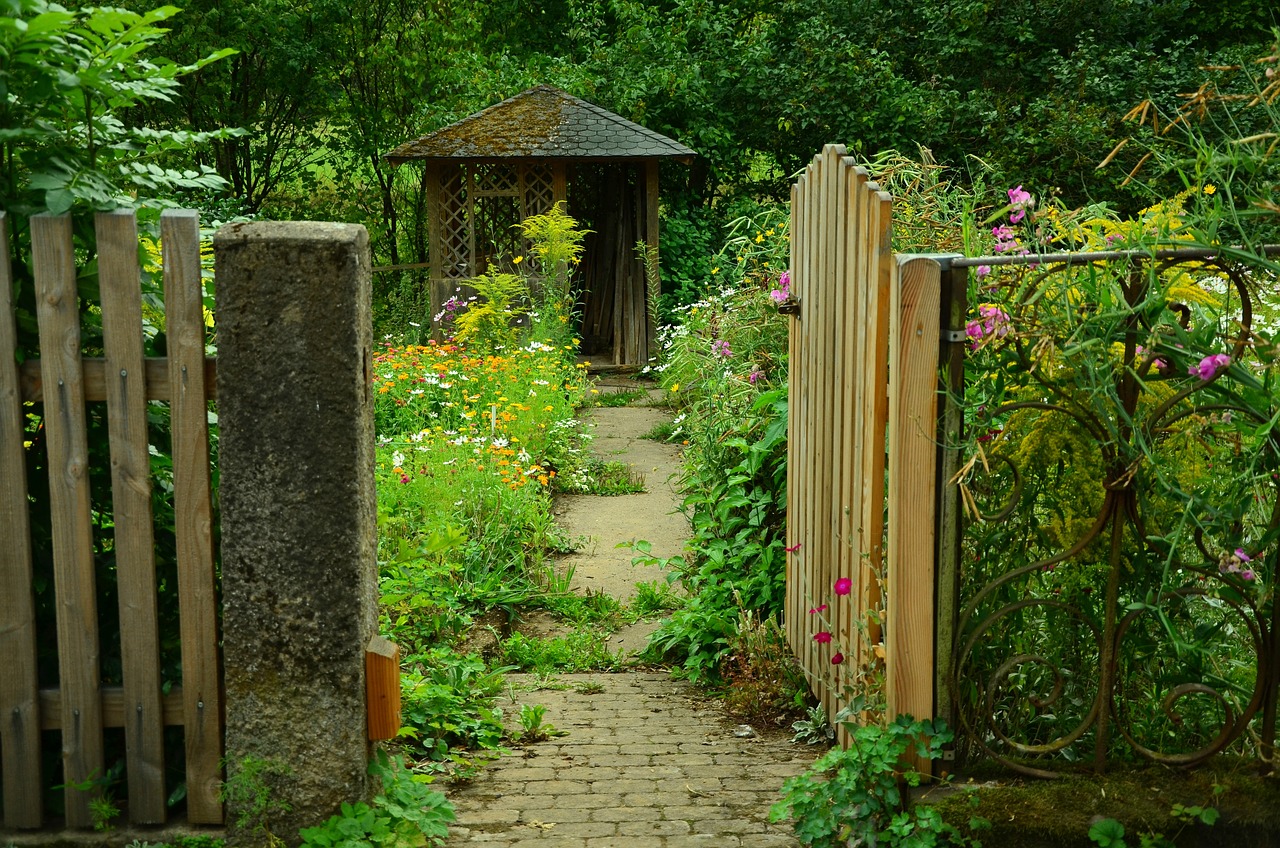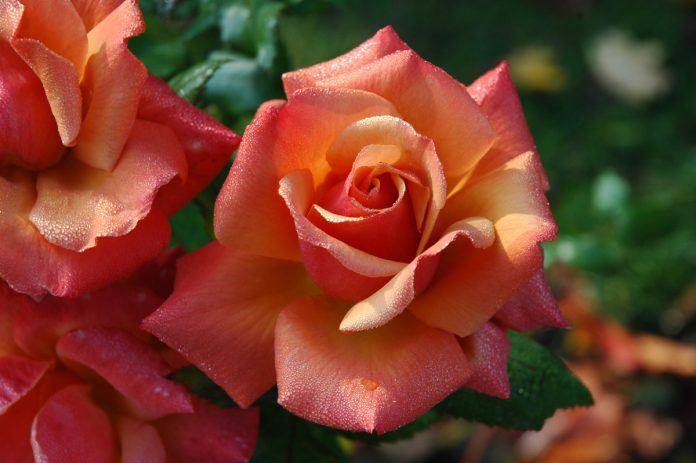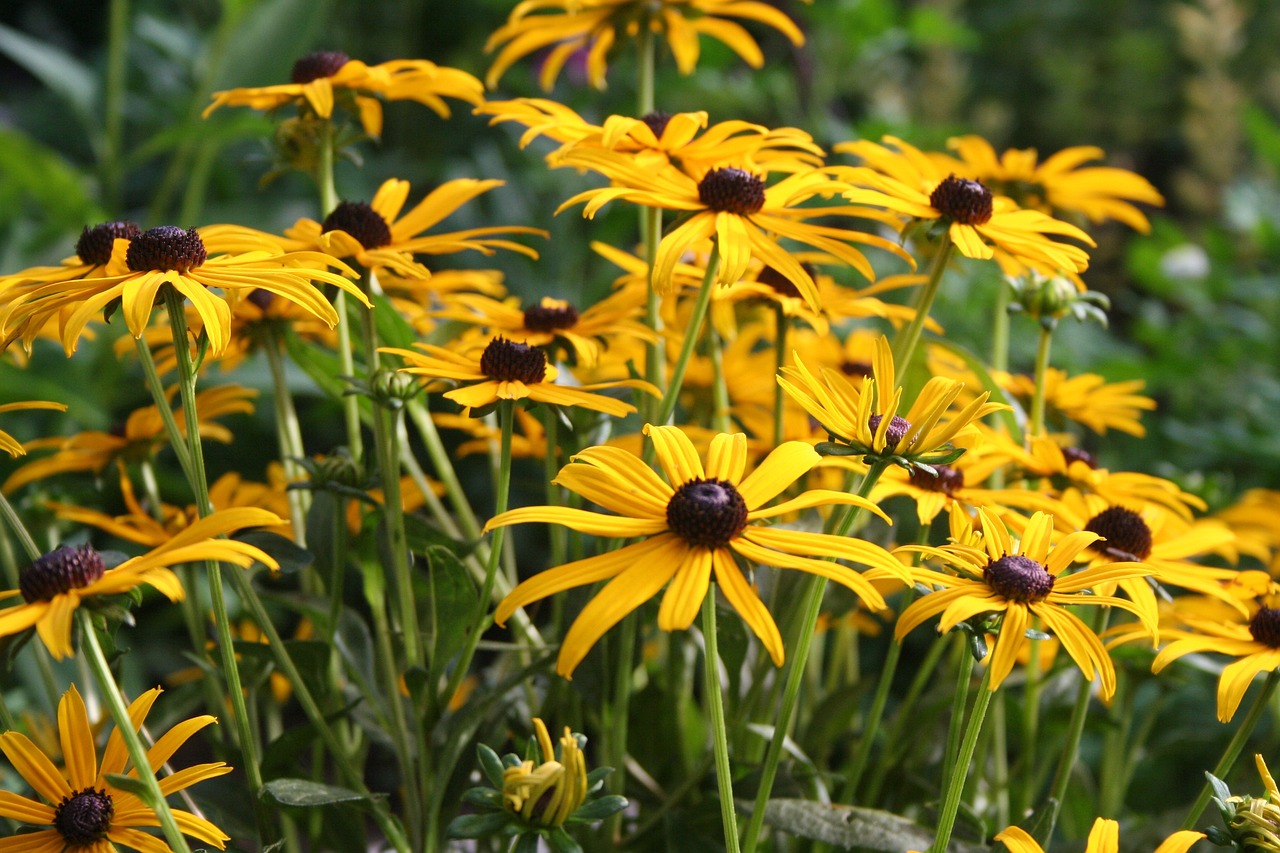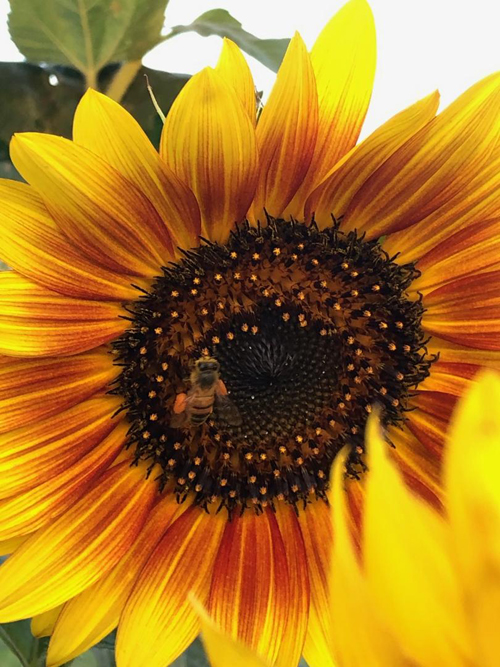Phalaenopsis Orchid Growing Care Tips
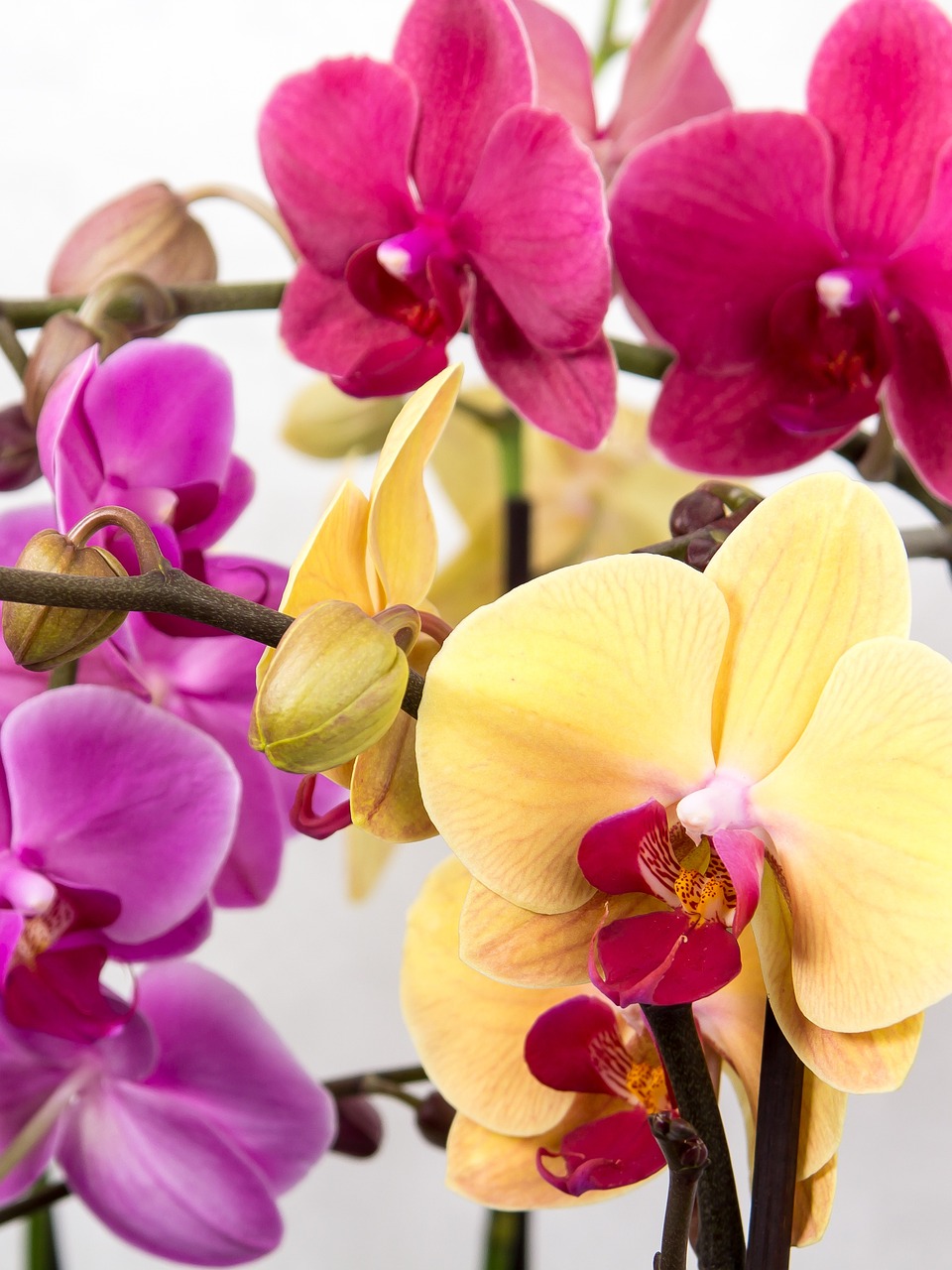
Color variety consists of white, pinks, lavender and yellow both in solid colors and blends of stripes and spots. Bold color designs are starting to show up also. Phalaenopsis flowers provide both exotic variety and excellent longevity. Individual flowers can be as durable as 3-4 months. Flowers open up sequentially at 2-5 day intervals along an arching spike.
Light
In your home, Phalaenopsis orchids enjoy a place near or in a bright window. You would like to avoid direct mid-day sun but early morning hours or late afternoon sun is terrific. An east or west facing window is ideal. In darker or cloudy environments a shaded southern window might be best. You can supplement regular light with fluorescent lighting positioned roughly 1 foot above your orchid. Time your lighting to mimic regular day time length. If you are growing your orchid in a greenhouse you really should think about using a heavy shade cloth especially throughout the summer season.
Temperature
The perfect temperature ranges for your Phals range from 55 and 85 Farrenheit. For best growing attempt to keep 60 at night time and in between 75 and 80 in the daytime. Cool evening temperatures within the fall encourage flower spike to grow. Once the flower spike is developed, wide swings in temperatures could cause unopened buds to drop off. Temperatures more than 90 can slow development. Phalaenopsis also reap the benefits of average humidity levels. Suitable levels range from 50 and 75% humidity. In the winter when you have your home heated you may wish to put your plants on to a shallow tray filled with pebbles and water. This ought to help to maintain the humidity in near proximity to your orchid levels. Make sure that the orchid roots are not soaking in water. That will certainly kill your orchid.
Water
Moth orchids don’t like being dry to the stage that they begin to wilt. They need to be watered completely and then not again till the media is almost, however, not entirely, dried out. You ought to water your orchid in the morning hours and allow all of the water to empty out from the bottom. I put mine on an old dish rack for a couple of hours before I put them back to the window sill. How frequently you water is determined by the kind of media your orchid is growing in as well as its growing environment. Once weekly to 10 days is an effective starting place. In winter months, with the heat on in your household, lower humidity means you will certainly need to water more often. Do not allow your plants to dry out to the stage of wilting. It is going to truly set them back. Do not get any water on the flowers as this will reduce their longevity.
Fertilizer
During blooming period you could possibly think about a blooming plant formula with increased phosphorus levels (i.e. 10-30-20). During the winter months you are able to decrease the fertilizer applications to monthly.
Flowering
Flowers from the Phalaenopsis Orchid have outstanding longevity. It is possible to encourage an additional flowering from each spike with a well-timed pruning. Once the final flower from the spike dies out, it is best to examine the spike, searching for small fleshy bumps or nodes. From the bottom of the spike count out 3 nodes. Cut the spike one inch above the third node. If your plant is healthy and balanced as well as the season is not very late, this method will awaken a couple of the nodes and in some short weeks it could create a new spray of fresh blooms. By attempting this you could take pleasure in flowers for almost 6 months of the season on a single plant.
Re-Potting
Phalaenopsis can survive many years. Which means you will need to know when and the way to repot your plants. There’s two factors that the plant will have to be re-potted. Possibly it has outgrown its present pot or its media has decomposed and no longer is aerated sufficiently to preserve healthy roots. Remove the plant from the pot and allow the old media drop away. Cautiously cut away any dead roots. Place the plant in its new pot and put in the new potting media, allowing it to settle throughout the plant’s roots. Only use a media for orchids which contains bark, stone, sphagnum moss,perlite or comparable substance which will supply the aeration your Phalaenopsis requires. Resume your regular watering and fertilizing schedule. Neem Controls House Plant Pest Naturally! Insects is an integral part of growing plants. I prefer to use Neem oil to address the issue. Neem insecticide is a harmless, natural remedy! It’s actually been useful for medicinal purposes and pest management for centuries. Growers making use of neem oil for their “pest control” plan loves the safety that this all natural solution supplies. I bought mine at the local Home Depot.
The Author:
Peyton Champion

